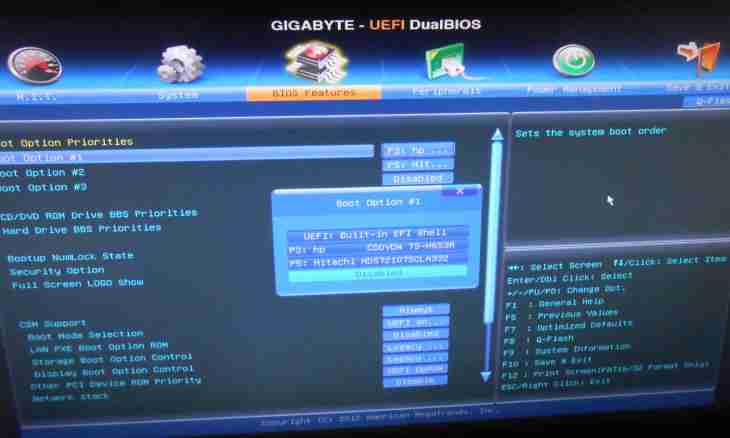The management system of the websites Joomla is one of the most popular and convenient. On this engine more than half a million websites are created, and their quantity constantly grows. Joomla allows to create the website without knowledge of HTML imposition. As versions of a management system change, sometimes the administrator has a need to include the mode of compatibility with plug-ins for earlier versions.
Instruction
1. Need to include the legacy mode mode (compatibility mode) appears if any component, the module or a plug-in refuses to operate normally Native mode. Usually in this case the warning "To you appears it is necessary to include the Mode of compatibility (Legacy Mode)".
2. For inclusion of this mode come into the control panel, using the login and the password received at registration. Having logged in the account, find the Expansions menu - "The manager of plug-ins". The number of plug-ins can be different, about twenty five are normal their. Find among them the System — Support of Old Expansions (Legacy) extension, it is in the end of the list. The switched-off plug-in is noted by a red cross, included – a green tick.
3. To include expansion, note it a tick at the left and click "Include". There is also other, simpler option of inclusion of a plug-in – just click a red cross. Remember that expansion works in the compatibility mode more slowly therefore it is not necessary to use this mode needlessly.
4. During the work with Joomla follow safety rules - it will save your website from cracking. In particular, change a database prefix for any any. Without knowing the correct name of base, the hacker will not be able to get from it data of users. As change of a prefix has the nuances, esteem about this procedure in specialized articles.
5. Remove mentions of the version of expansions. For this purpose open expansion in a code editor and by means of an option of search find all places where the version of a plug-in is mentioned. Leave only the name of a plug-in, remove the version. Always try to use the latest versions of the engine and expansions.
6. If you put expansion, but it was not pleasant to you and you do not use it, do not leave it on the website in an unpublished status. In the presence the hacker can find a way to use them in this expansion of vulnerabilities. Therefore delete plug-ins unnecessary you.
7. If you manage the website from one computer and you have a static IP address, include in control settings a binding on IP. In this case the hacker, having even obtained your credentials, will not be able to come into the administration panel as its IP address will be another.

